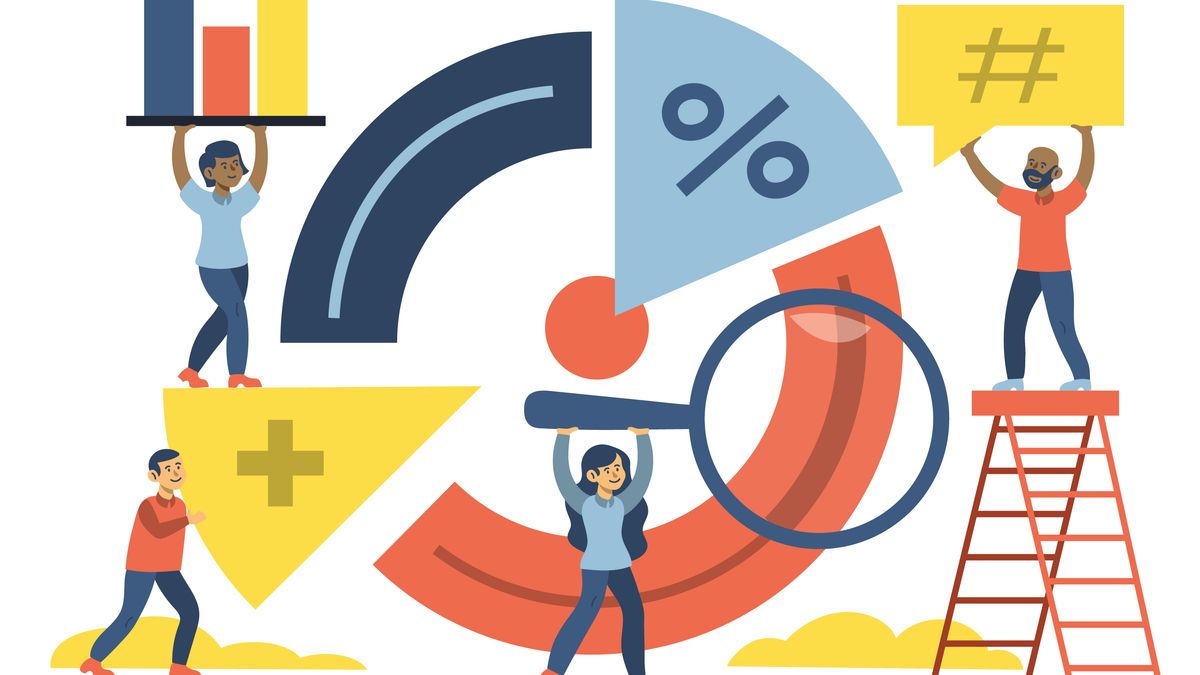With the exponential growth of new technologies, investment options multiply and access to information is increasing. Still, for many, the world of investing can seem like a roller coaster, full of ups and downs and uncertainties. Anyone who wants to start their life as an investor and make intelligent decisions must understand the economic cycle, a kind of map that describes the oscillations of the economy in a period that is usually around 5 to 6 years.
The business cycle, defined as the recurring patterns of expansion and contraction that all macroeconomics faces, is composed of four stages: expansion, peak, contraction and trough. Each with their own set of opportunities and challenges, especially for those looking to invest.
In the expansion stage, the economy shows an increase in the production of goods and services. In this phase, the interest rates are usually low, which stimulates the economy and drives the creation of employment by companies, with wages more attractive and investments. With money in their pockets, people are not afraid to spend or invest their reserves.
In the peak phase, the name itself says it: there is a “boom” in the production of goods and services. If it were represented graphically, you could see the top of a mountain and it is up there where the danger lies. Economic imbalances can start to come into play, such as the feared inflation, caused by the expansion of the money supply and/or the artificial credit expansion of the previous phase. This creates a process of mismatch or lack of coordination between the behavior of supply and demand for goods and services. To curb inflation rates, the interest rate is raised.
The recession, third stage refers to the downward movement of the economy. The scene is characterized by unemployment and reduced economic activity. With less money in the economy, since people don’t have it to spend, companies are slowing down and waiting to take risks and invest. The economy begins to slow down. In this stage the process of correcting the economy takes place, where the “bad” investments encouraged by artificial expansion are bankrupt and the good ones remain. In this process, economic activity decreases and unemployment increases while agents reorganize to return to coordination.
Finally, we come to the depression either valley stage, where the economy hits rock bottom, but, as the saying goes, “the best thing about hitting rock bottom is that you can’t fall anymore, from there you only have to go up.” This phase is characterized by the worsening of the general scenario, with an increase in unemployment, high interest rates and inactive companies. What usually happens is that, with a challenging horizon, consumption decreases and so does inflation, which favors the reduction of interest rates, starting the economic recovery. This is, historically, the business cycle.
We all dream of an investment that offers low risk, high liquidity and high returns. However, it is practically impossible to achieve this ideal combination. Therefore, studying the cycles helps us understand the advantages of betting on long-term investments that overcome the ups and downs of the economy. This is because, with a longer time frame, investments have more opportunities to recover their value.
The understanding of the economic cycle also lies in the importance of looking for new investment opportunities around the world, since the cycles vary according to the geographical distribution. For example, today Chicago is a good opportunity, but in another phase of the cycle it may not be. Therefore, the investor who studies economic cycles will be able to determine in which part of the world it is best to invest to optimize their profits.
Degree in Business Administration from the University of San Andrés and Master’s in Economics from Eseade
Source: Ambito
David William is a talented author who has made a name for himself in the world of writing. He is a professional author who writes on a wide range of topics, from general interest to opinion news. David is currently working as a writer at 24 hours worlds where he brings his unique perspective and in-depth research to his articles, making them both informative and engaging.




